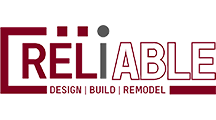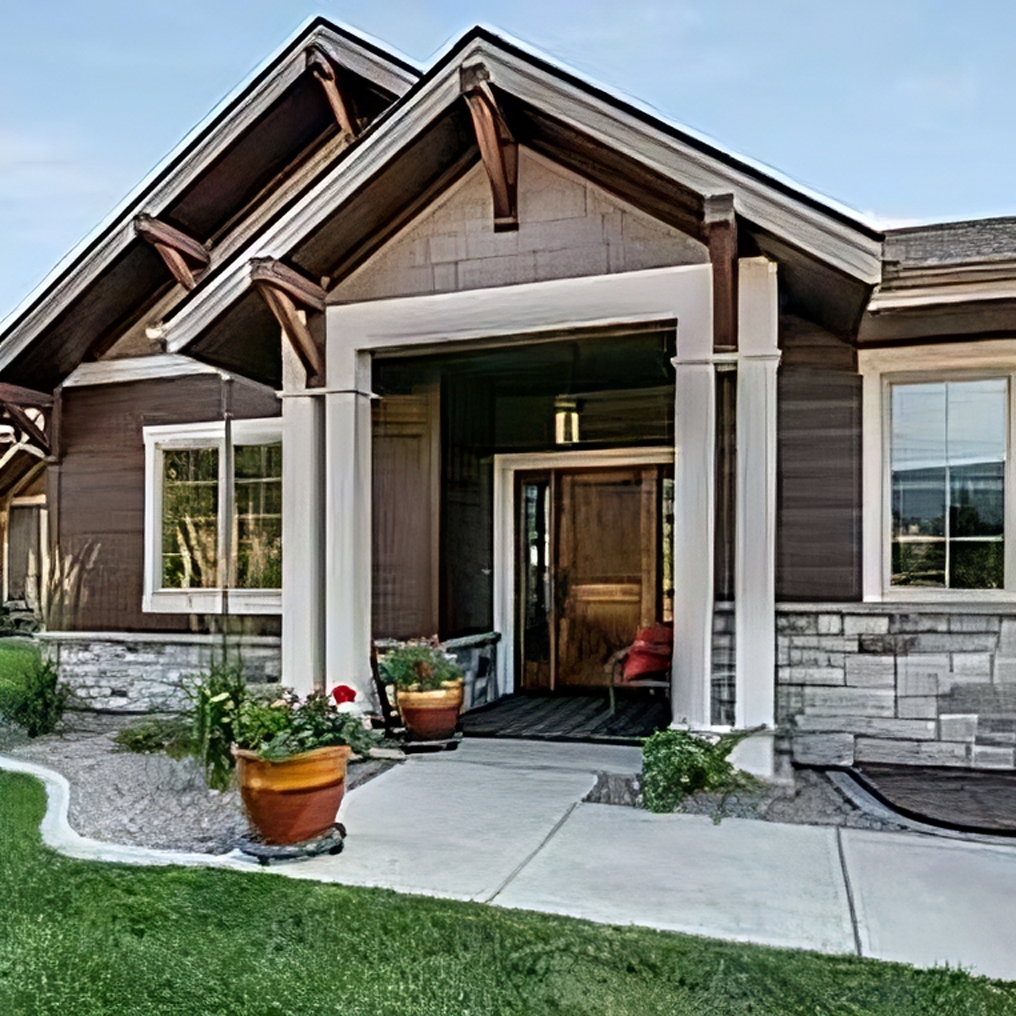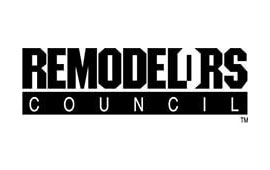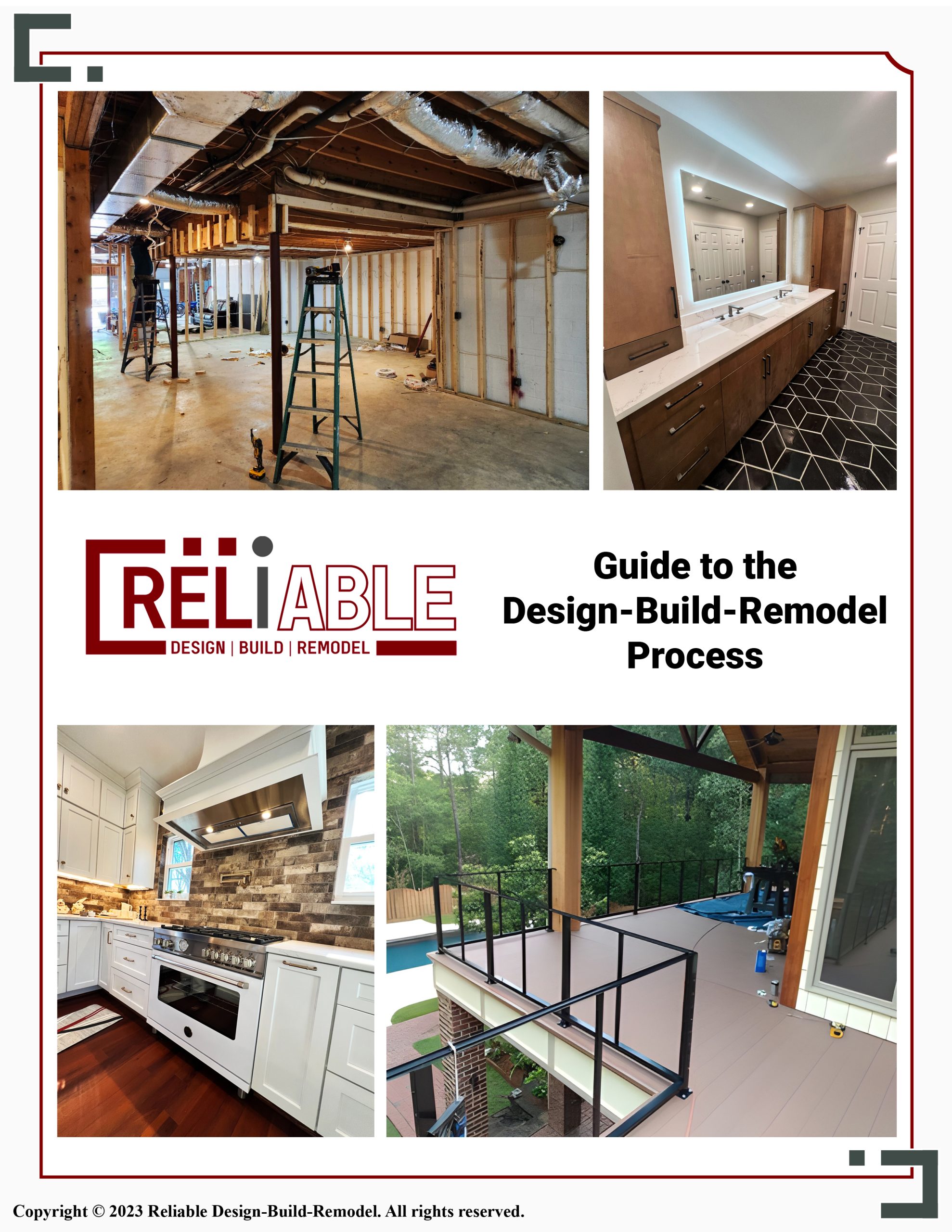Hello, Birmingham homeowners! At Reliable Design-Build-Remodel, we understand how important your home is to you—not just as an investment but as a safe space for your family. Knowing when your home may be experiencing structural damage is essential in maintaining its value and safety. Today, let’s walk through some common questions that homeowners ask when they suspect structural damage.
How do I know if my house has structural damage?
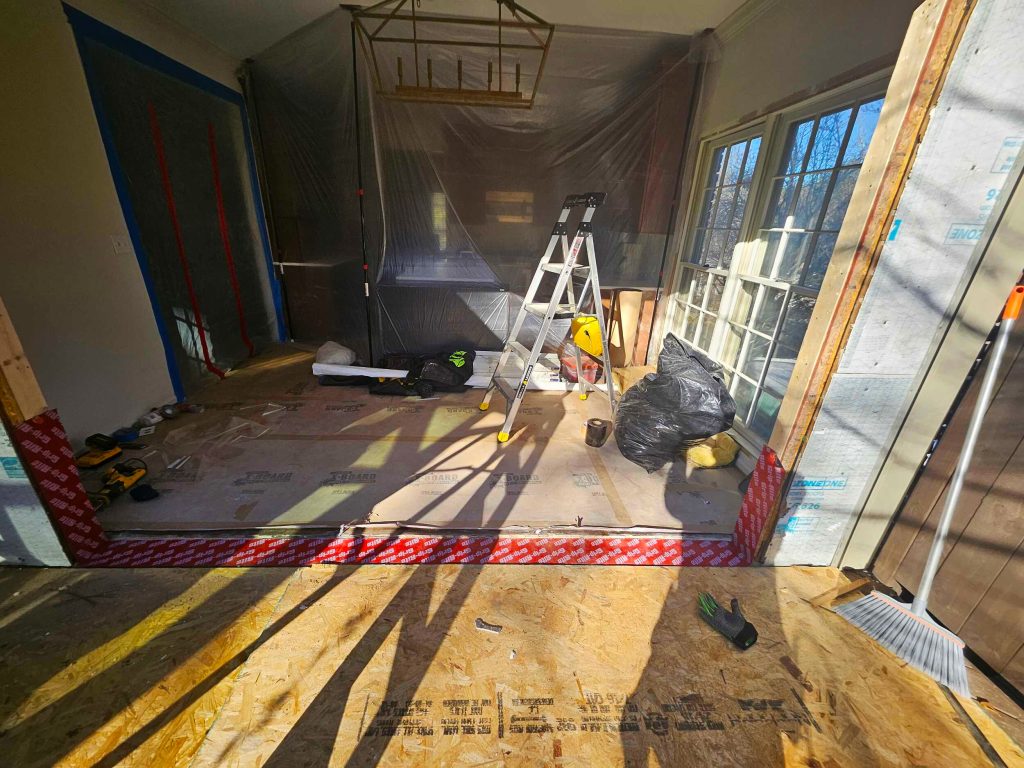
Recognizing structural damage can be challenging without a trained eye, but there are some telltale signs that every homeowner should know. The most common indicators include cracks in walls, floors, or ceilings—especially if they are wider than a quarter-inch. Other signs may include doors or windows that stick or won’t close properly, sagging floors, or gaps where walls and floors meet. If you notice any of these signs, it could indicate an underlying issue with your home’s foundation, framing, or other structural elements. While minor issues may sometimes be harmless, it’s best to consult a professional if you notice any unusual changes.
What does structural damage to a house look like?
Signs of structural damage in your home can appear in several forms, and often it shows up differently depending on the underlying problem. Foundation damage might manifest as cracks in the exterior walls, often in a stair-step pattern along brick or concrete blocks. Inside, you might notice uneven or sagging floors, or cracks radiating from the corners of doors and windows. In more severe cases, beams or joists may begin to bend or warp, creating a noticeable bowing in walls or floors. If you’re noticing any visible distortions in your home’s walls, floors, or ceilings, it could be a sign that structural integrity is compromised.
How do you test for structural damage?
Testing for structural damage typically involves a thorough inspection by a licensed professional. They will look for common signs, assess the severity of cracks or other damage, and may conduct more in-depth tests if needed. For example, professionals might use a level to check for sloped floors, test walls and floors for excessive moisture (which could weaken structural elements), or use laser scanning technology to detect shifts or misalignments. A professional may also inspect the foundation and load-bearing walls to understand how structural loads are being supported. In some cases, they may recommend additional testing or monitoring over time to better understand the extent of the damage.
Does insurance cover structural damage?
Insurance coverage for structural damage depends on your policy and the cause of the damage. Most standard homeowner’s insurance policies cover sudden and accidental events, such as a fallen tree or vehicle collision. However, coverage for gradual issues, like foundation settling, soil erosion, or water seepage, is often excluded. Some policies may have provisions for additional coverage, such as for earthquake or flood damage, but these are typically add-ons that come with extra costs. If you suspect structural damage in your home, it’s a good idea to review your insurance policy and speak with your agent to understand what’s covered. Knowing your coverage can help you prepare financially if repairs are needed.

Can structural damage be repaired?
Yes, structural damage can often be repaired, although the extent and type of repairs will depend on the severity and cause of the issue. Minor cracks or settling can sometimes be managed with cosmetic fixes or by addressing drainage issues around your home’s foundation. However, significant structural issues may require more intensive solutions, such as foundation underpinning, beam reinforcement, or even partial rebuilding of damaged areas. At Reliable Design-Build-Remodel, we work with structural engineers and other specialists to ensure repairs meet building codes and safety standards. With professional help, most structural damage can be effectively managed to restore your home’s integrity and safety.
How can you tell if a wall is a structural problem?
Identifying whether a wall is a structural (or load-bearing) wall requires understanding how your home’s weight is distributed. Load-bearing walls support the weight of the floors or roof above and are typically found in the center of a house or near major structural elements like beams. If you see cracks, sagging, or signs of separation in these walls, it could indicate a serious structural issue. A professional contractor can help assess whether a wall is load-bearing and inspect it for any signs of damage. Removing or modifying load-bearing walls requires specialized knowledge, as it involves ensuring the structural support system remains intact.

At Reliable Design-Build-Remodel, we know that discovering signs of structural damage in your home can feel overwhelming. If you suspect any issues with your home’s structure, don’t hesitate to reach out to a trusted professional. A timely inspection and the right repairs can help you protect your investment and give you peace of mind. We’re here to support Birmingham homeowners in maintaining safe, beautiful, and resilient homes.
Reliable Design-Build-Remodel is a full service general construction firm and remodeling contractor operating in the Birmingham metro and Jefferson and Shelby County areas and surrounding communities, including Birmingham, Helena, Chelsea, Mountain Brook, Hoover, Homewood, Montevallo, Alabaster, Vestavia Hills, and Pelham, with over 30 years of servicing our valued clients. Offering full service suite of general remodeling, design and build services. Our specialties include bathroom remodeling, kitchen remodeling, exterior renovations, interior renovations, painting, and more!
Visit us at reliablerem.com, and like and follow us on Facebook and Instagram! We hope this blog helps you discover signs of structural damage in your home before too much damage is done!
